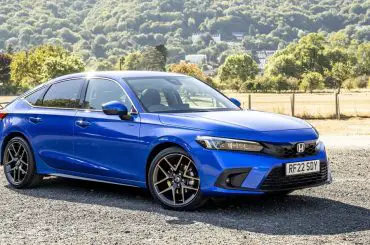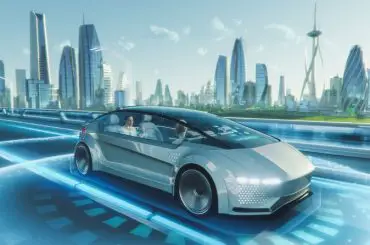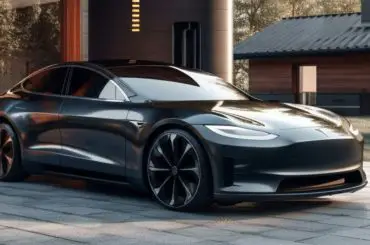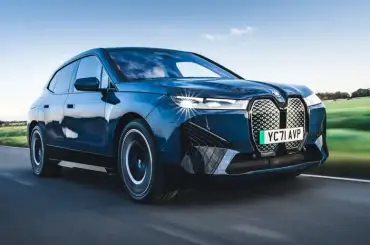Contents
Types Of Electric Vehicles Introduction
With numerous manufacturers like Tesla, Chevy Bolt, and Nissan Leaf producing new models each year, electric vehicles are getting increasingly popular. The best electric vehicles on the market have certain commonalities and several distinctive features that set them apart. The four different forms of electric vehicles—Battery Electric Vehicles (BEVs), Hybrid Electric Vehicles (HEV), Plug-in Hybrid Electric Vehicles (PHEV), and Fuel Cell Electric Vehicles (FCEV)—are discussed in this blog post (GFFV).
1. Battery Electric Vehicles (BEVs)
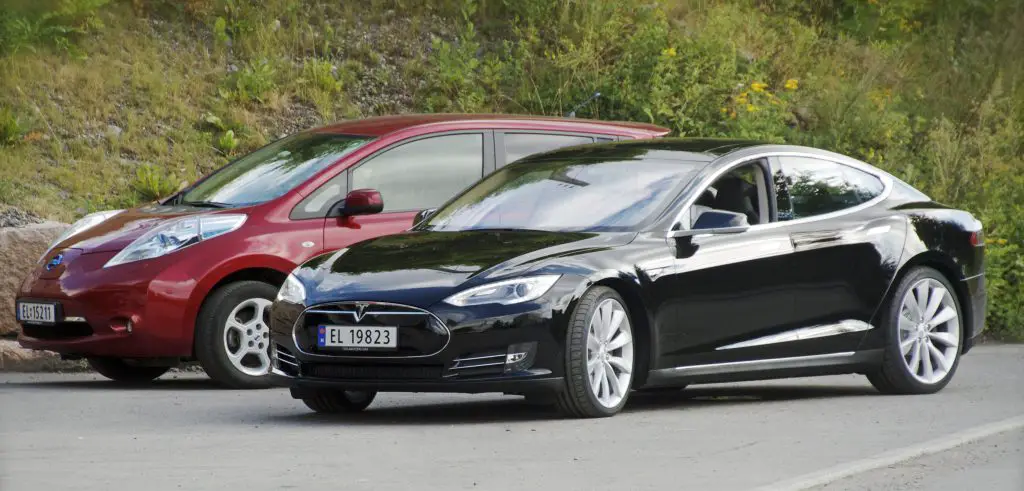
BEVs are also referred to as “all-electric vehicles” (AEV). Electric drivetrains driven solely by batteries are used in BEV-based electric vehicles. The enormous battery pack that houses the electricity needed to power the car may be charged by hooking it up to the power grid. One or more electric motors are powered by the fully charged battery pack to drive the electric vehicle.
What are the main components of a Battery Electric Vehicle?
- Electric motor
- Inverter
- Battery
- Control Module
- Drive train
How does a Battery Electric Vehicle work?
The power for the electric motor is converted from the DC battery to alternating current (AC). When you press the accelerator, a signal is sent to the controller. The controller changes the frequency of the AC power from the inverter to the motor to adjust the vehicle’s speed. The motor then connects and drives the wheels through a cog. When the brakes are applied, or the electric vehicle decelerates, the motor transforms into an alternator and generates power, which is then returned to the battery.
2. Hybrid Electric Vehicle (HEV)
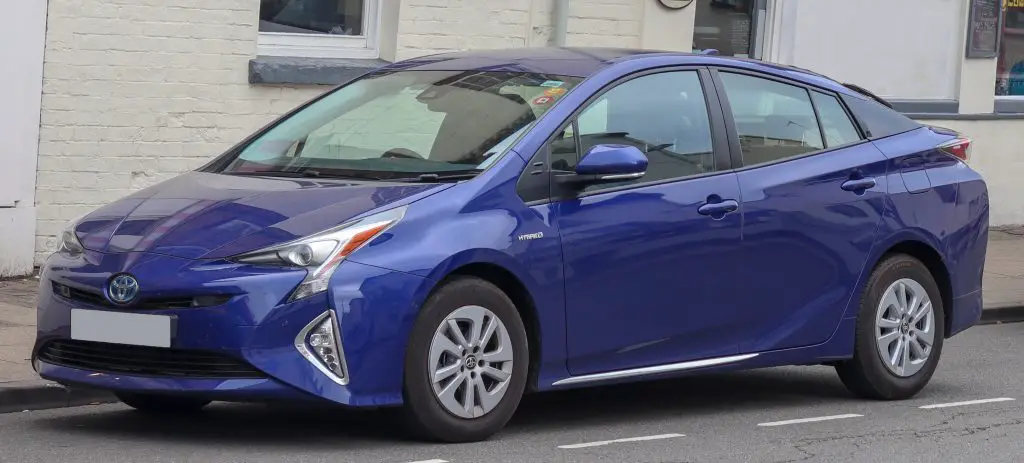
HEVs are also called “series hybrids” or “parallel hybrids.” HEVs are powered by both an engine and an electric motor. The engine is powered by fuel, and the motor is powered by batteries. Both the engine and the electric motor rotate the transmission at the same time. This, in turn, drives the wheels.
What are the main components of a Hybrid Electric Vehicle?
- Engine
- Electric motor
- Battery pack with controller & inverter
- Fuel tank
- Control module
How does a Hybrid Electric Vehicle work?
Like a regular car, the fuel tank provides energy to the engine. An electric motor powers the batteries. Both the engine and the electric motor can turn the transmission simultaneously.
3. Plug-in Hybrid Electric Vehicle (PHEV)
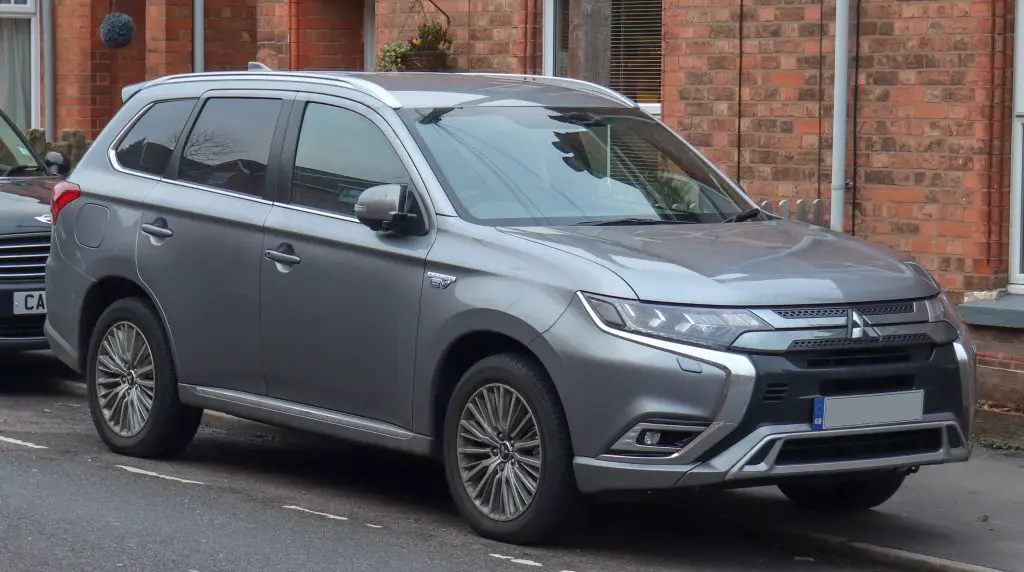
PHEVs are also referred to as “series hybrids.” They have an engine as well as a motor. You can choose between conventional fuel (such as gasoline) and alternative fuel (such as biodiesel). A rechargeable battery pack can also be used to power it. External charging is possible for the battery.
What are the main components of a Plug-in Hybrid Electric Vehicle?
- Electric motor
- Engine
- Inverter
- Battery
- Fuel tank
- Control module
- Battery Charger
How does a Plug-in Hybrid Electric Vehicle work?
PHEVs can be charged via an external electric power source, an engine, or regenerative braking. PHEVs start in all-electric mode and run on electricity until their battery pack runs out. When the battery is depleted, the engine takes over, and the vehicle operates as a standard, non-plug-in hybrid. When the brakes are applied, the electric motor acts as a generator, transferring energy to the battery. The electric motor supplements the engine’s power; as a result, smaller engines can be used, increasing the car’s fuel efficiency without sacrificing performance.
4. Fuel Cell Electric Vehicle(FCEV)
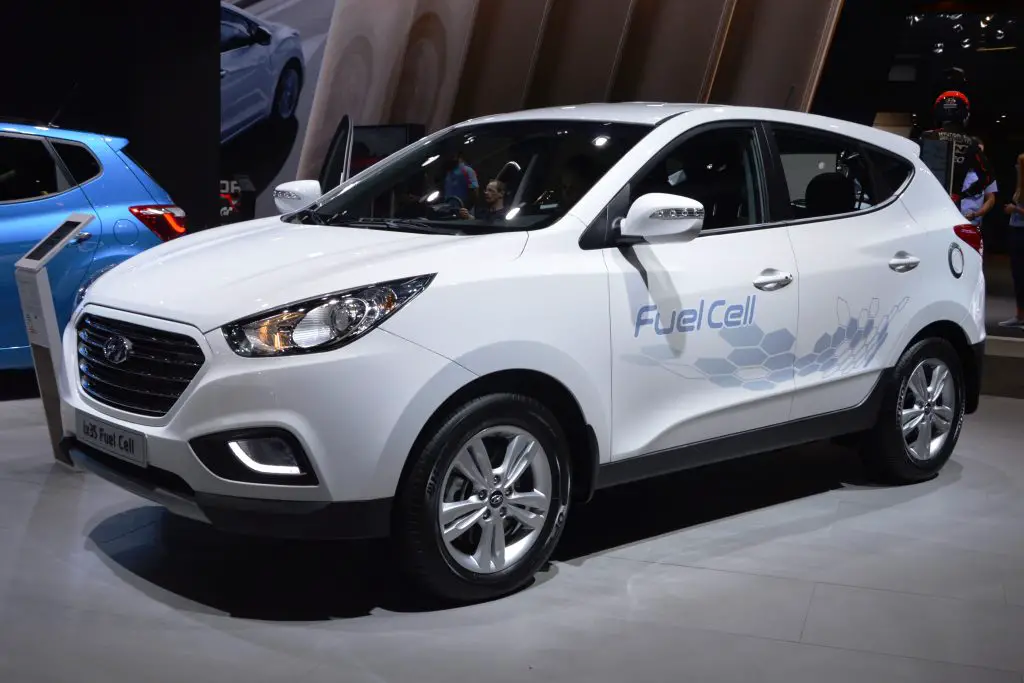
FCEVs are also referred to as “zero-emission vehicles.” They use ‘fuel cell technology’ to produce the electricity needed to power the vehicle. The chemical energy of the fuel is directly converted into electrical energy.
What are the main components of a Fuel Cell Electric Vehicle?
- Electric motor
- Fuel-cell stack
- Hydrogen storage tank
- Battery with converter and controller
How does a Fuel Cell Electric Vehicle work?
The polymer electrolyte membrane (PEM) fuel cell is the most common fuel cell used in vehicle applications. An electrolyte membrane in a PEM fuel cell is sandwiched between a positive electrode (cathode) and a negative electrode in a PEM fuel cell (anode). The anode receives hydrogen, while the cathode receives oxygen (from the air). An electrochemical reaction in the fuel cell catalyst causes the hydrogen molecules to split into protons and electrons. Protons then pass through the membrane and reach the cathode.
- Further readings: How do the electrical vehicles work?
- Learn more


